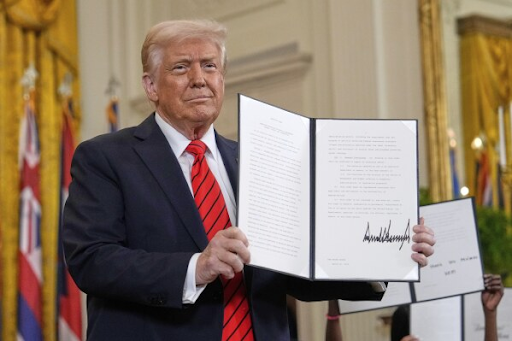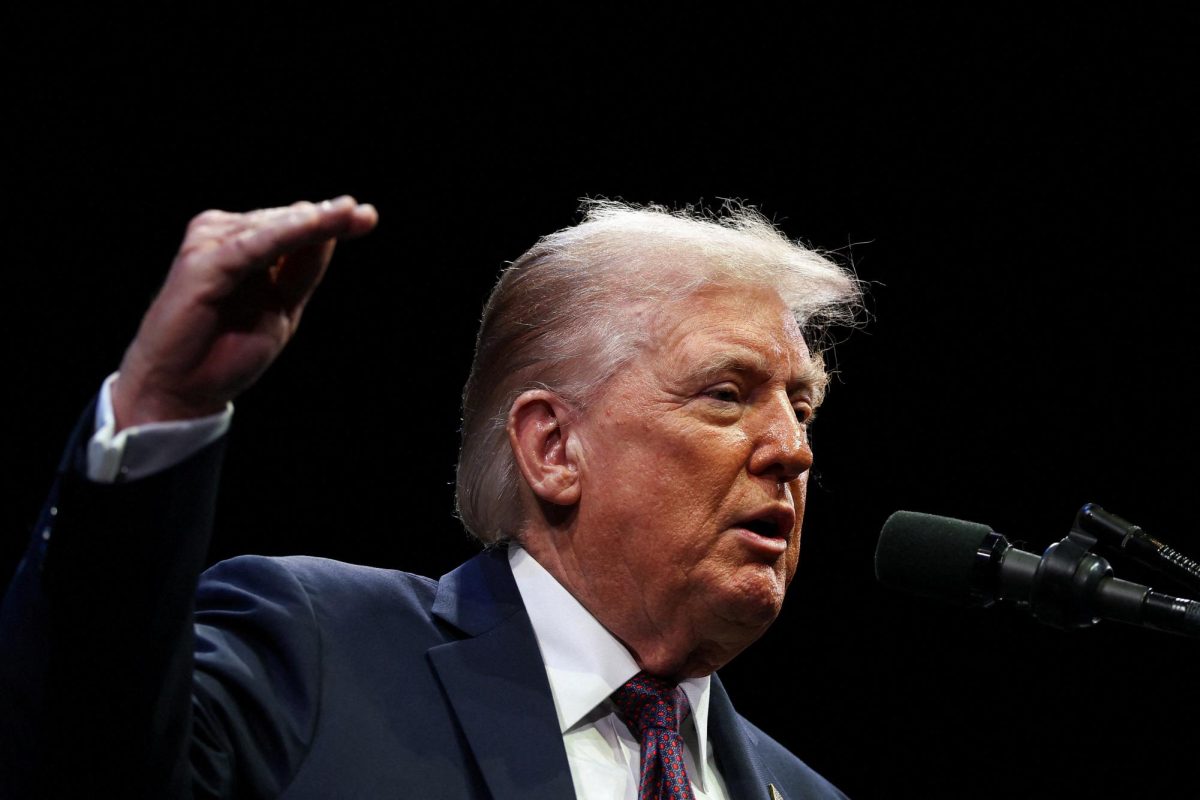On Thursday, Mar. 20, President Donald Trump signed an executive order aiming to close the Department of Education and shift control of education over to the states. In the executive order, the White House cited the extensive costs and supposed ineffectiveness of the Department of Education.
“The experiment of controlling American education through Federal programs and dollars … has plainly failed our children, our teachers, and our families,” the order said.
The White House also mentioned that mathematics and reading scores have declined in spite of increased education spending in recent years.
The Department of Education is one of the smallest cabinet-level departments, and is in charge of education policy, funding, and programs. Last year, it represented 4% of the US budget. Earlier this month the agency already saw its staffing cut to nearly half its size.
Formally closing a federal department cannot be done by an executive order alone, as it would technically require congressional approval. However, it is a possibility that the Trump administration would try to get Congress to do so.
One major responsibility of the Department of Education is Federal Student Aid (FSA). Under this is over $1.6 trillion in student loans, as well as programs such as Pell Grants. The Department of Education also manages the FAFSA, which students use to apply for student aid in college.
After signing the executive order, Trump stated that certain essential programs would still be preserved, such as Pell Grants and Title I funding. The administration also said that student loans and IDEA funding for students with disabilities would not be affected.
Without the Department of Education, these responsibilities would be transferred over to other agencies, potentially resulting in delays or confusion. Student loans, for example, are to be transferred to the Small Business Administration (SBA). However, the SBA announced on March 21 that it would be cutting over 40% of its workforce, prompting uncertainty on how effectively these programs can be managed with fewer resources.
The Department of Education also enforces civil rights protections through its Office of Civil Rights. Through the OCR, the Department conducts investigations and also responds to complaints of discrimination in schools. With the closure of the Department of Education, questions arise as to how the federal government can continue to ensure against discrimination in schools.
In California, federal funding accounts for between 6% and 9% of funding for K-12 public schools. While several of the programs supporting public schools are promised to remain, a lack of staffing could potentially hinder how funds are allocated to the schools.
This development also comes as many seniors in high school are awaiting their college and financial aid decisions. The University of California (UC) system relies heavily on research and federal grants. The California State University (CSU) system receives far less federal research funding than UCs, so they may not be as greatly affected by federal funding disruptions. State financial aid, such as Cal Grants, are still available for California students, although application is typically through the FAFSA.
While Trump’s executive order will have a significant impact, it is important to keep in mind that it cannot completely eliminate the Department of Education without Congressional approval. While this executive order will reduce functions in the Department of Education, the Department and the aid programs it manages will still exist for now.









